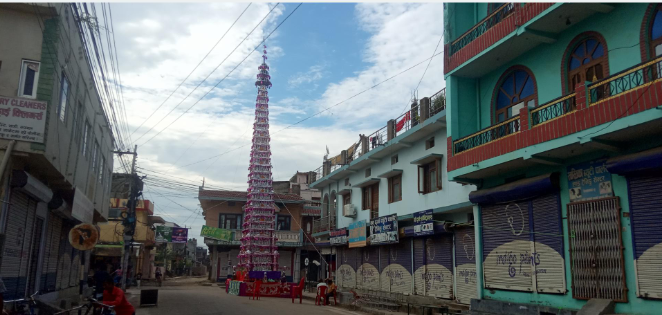Muslims across the country are celebrating the Muharram festival with great enthusiasm and fervor today. In recent years, the celebrations have also seen the participation of Hindus, reflecting a beautiful blend of communal harmony.
Muharram, the second holiest month in the Hijri calendar, marks the beginning of the Islamic New Year. Prophet Muhammad referred to Muharram as the ‘Sacred month of Allah,’ and it is regarded as one of the most pious and auspicious months by Muslims. The term ‘Muharram’ means forbidden, indicating that warfare is prohibited during this time, one of the four sacred months mentioned by Allah.
The 10th day of Muharram, known as Ashura, is a day of significant historical and religious importance. It commemorates the martyrdom of Husayn Ibn Ali, the grandson of Prophet Muhammad, who was killed at the Battle of Karbala in 680 CE. For Shia Muslims, Ashura is a day of mourning and reflection, symbolizing the resistance against injustice and oppression. They participate in mourning processions, listen to sermons, and engage in fasting and special prayers.
In Birgunj, the Muslim community marked Muharram with devotion and traditional rituals. Deputy Secretary of the Nepal Muslim Society Association, Ali Ashghar Ansari, reported that the celebrations included various artistic and cultural performances. “The youths performed artistic shows, including stick performances and displays of Muslim culture with flags and banners,” said Ansari.
Muharram is celebrated for ten days, with the most intense observances occurring in the last four days. The celebrations culminate with the disposal of the Tazia on the final day, amidst religious processions. The Tazia, a replica of the mausoleum of Imam Hussain, is creatively made with colorful papers, flowers, lighting, and mirrors. These are carried in processions accompanied by drums, chanting “Ya Hussain,” and sometimes even animals like camels, elephants, and horses join in.
In Rupandehi, the festival saw active participation from both Muslims and Hindus. Tazias were prepared with devotion and the related rituals were performed. Pachu Thakur from Bhairahawa village expressed his reverence for the festival, highlighting that Tazias are made with the hope of having one’s wishes fulfilled.
The communities in Khajahana, Bhaiyatol, Kathautia, and Udayapur collaborated in making and decorating the Tazias, showcasing the cultural unity in Bhairahawa. The festival was also celebrated in other parts of Rupandehi, including Dhakdhai and Mrchawar, with grandeur.
In Nepalgunj, Banke district, Muharram was observed with splendid displays of devotion. The Muslim settlements were adorned with elaborate Tazias, marking the day with colorful processions and religious fervor.
The Muharram festival in Nepal, marked by the participation of both Muslims and Hindus, exemplifies the country’s spirit of unity and mutual respect. The celebrations, with their rich cultural and religious significance, continue to bring communities together in a shared expression of devotion and reverence.






